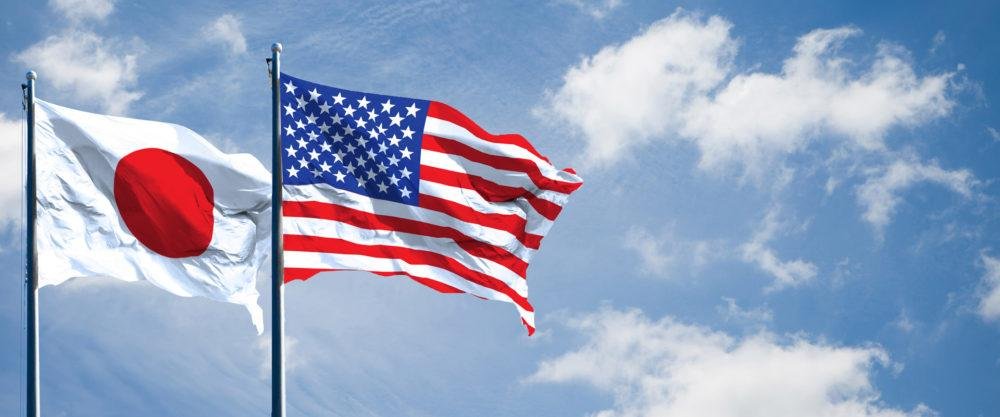Cultural Pressure
Cultural Pressure Between the United States & Japan
Cultural pressure between the United States and Japan has been a significant aspect of their bilateral relationship, shaped by historical, economic, and social factors.

Both countries have rich cultural traditions and global influence, which often lead to exchanges and influences on each other’s societies.
Historical Context:
The history between the United States and Japan has had a profound impact on their cultural interactions. After World War II, Japan underwent significant social and cultural changes under the influence of American occupation.
This period saw the introduction of Western values, consumer culture, and entertainment, shaping Japan’s post-war identity.
Pop Culture Exchange:
The exchange of pop culture has been a prominent aspect of cultural pressure between the two nations. American music, movies, and television shows have become widely popular in Japan. While Japanese anime, manga, and video games have gained immense popularity among American audiences.
This exchange has led to a mutual fascination with each other’s cultural products.
Fashion and Trends: Cultural Pressure
Fashion and trends also play a role in cultural pressure. Japan widely embraces American fashion styles and brands, while Japanese street fashion trends influence style enthusiasts in the U.S. Social media and international fashion events often drive this cross-cultural influence.
Language and Communication:
The English language has a significant impact on Japan due to its global importance as a business and communication tool. Many Japanese people study English to enhance their career prospects and engage with the international community.
Japanese language and cultural programs have become popular in the U.S. Due to growing interest in Japanese culture and business opportunities.
Food and Cuisine:
Cultural pressure is evident in the culinary world as well. American fast-food chains like McDonald’s and Starbucks are widespread in Japan, while Japanese cuisine, such as sushi and ramen, is popular in the U.S.
Socioeconomic Influence:
The economic and geopolitical influence of both nations also contributes to cultural pressure. Japan’s economic success and tech advancements influence global trends, while the U.S. Impacts the reception of its cultural products worldwide as a cultural and economic superpower.
Preserving Cultural Identity:
Amid the cultural pressure, both countries also strive to preserve their unique cultural identities. Japan emphasizes maintaining traditional customs and values, while the U.S. celebrates diverse cultural heritage and promotes cultural exchange.
Conclusion
Cultural pressure between the U.S. and Japan shapes historical ties, pop culture, fashion, language, cuisine, and economic influence. While both nations exchange and influence each other’s cultural practices, they also work to preserve their distinct identities.
The U.S.-Japan cultural interaction enriches their relationship, fosters cross-cultural understanding, and promotes global cultural exchange. 카지노사이트
